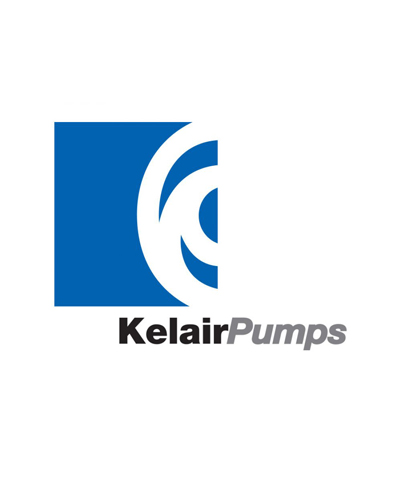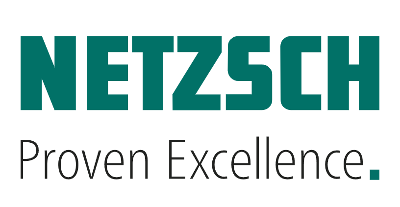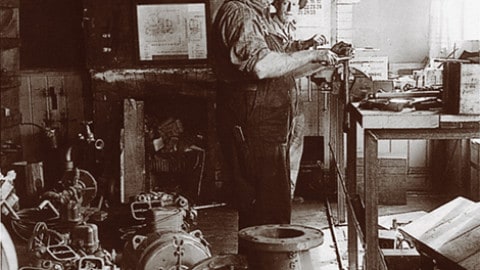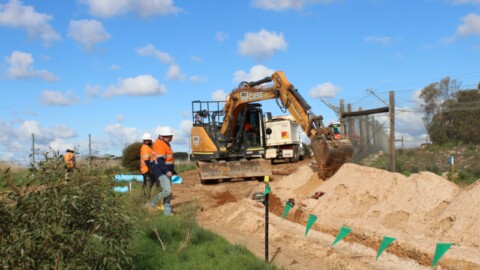Australia has one of the world’s largest mining industries and is among the top 5 producers of minerals globally. In terms of production volume and value, the main mined commodities are iron ore and black coal. Production of both commodities has increased significantly over the past decade; driven largely by the rapid growth in exports to Asia.
Coal and iron ore account for combined production in excess of 1 billion tonnes in 2012-13. Iron ore accounts for over half of commodity exports by value, followed by coal (38 percent).
There are 403 operating mines in Australia, mostly in Western Australia, New South Wales and Queensland.
New mining projects and expansion of existing projects have generated demand for new equipment and machinery. Since the global financial crisis in 2009, expenditure on mining equipment plant and machinery has grown at an annual rate of 7.9 percent.
Pumps for Mining
Pumps are capital items used in a productive or extractive process, or as part of the services infrastructure in a mining facility. Hence, expenditure on pumps is normally either part of a new Greenfield capital investment (for example a new mine), part of an expansion or upgrade of existing facility (commonly known as brownfield investment in the mining industry), or as a replacement for a pump in an existing application.
Hence, the Australian pump market in the mining sector is largely driven by the extent of capital expenditure, both in new facilities and expansion/upgrade of existing facilities. It is also driven by production levels (as this impacts the rate at which existing pumps need to be replaced). For new capital expenditure, pumps are normally purchased and installed late in the project lifecycle.
Slurry pumps account for 40 percent of the total mining pump market, dewatering pumps account for 35 percent and other pumps (including clean water service pumps, wastewater pumps and chemical/ dosing pumps) account for the balance.
Competitive Advantage
The supply of pumps to the mining sector in Australia is very fragmented, with over 30 active suppliers, comprising both local manufacturers, local sales operations of multinational pump manufacturers, and importers/distributors. Another segment within this competitive structure is that of pump hire, where common pump applications are for dewatering, slurry, and wastewater.
One of the key competitive tools for pump suppliers to the mining sector is incumbency, where an entrenched supplier with a large installed base, a proven track record and a strong working relationship with the customer can grow revenues not only from replacement demand but potentially from expansion or new project-related new pump sales. Other key differentiators are competitive pricing, product reliability, and availability of spares.
To achieve competitive advantage, some suppliers tend to focus on specific pump types or applications. Most suppliers and distributors offer services and look at services as a critical part of their ongoing revenue stream (in fact, replacement revenues often exceed revenues from new pump sales).
Outlook
The drop in the mineral resources prices has led to several delays or cancellations in new projects. In addition, the cost of mining has risen (compliance cost, decreasing ore grades and increasing input costs such as energy, labour and transaction costs). Productivity challenges and higher operational costs in Australia have seen it lose share in some commodity segments to Latin America and Africa. According to the Australian Bureau of Statistics (ABS), unadjusted Multifactor Productivity (MFP) in the mining sector between 2000-01 and 2009-10 declined by about one third. The strong Australian dollar has restrained profitability and mining shareholders have become more vocal about capital discipline and profitability.
This is likely to weaken new unit sales of mining pumps. However, replacement demand, initiatives to recycle or reuse water and the need for reliability or productivity enhancements will continue to provide growth opportunities for mining pump suppliers.
Hamersley Agricultural Project (HAP)
Rio Tinto’s Hamersley Agricultural Project (HAP) is a recent example of recycle and reuse trends driving pump opportunities in the mining sector.
Surplus water from the Marandoo iron ore mine in the Pilbara, WA is being used to irrigate 850 hectares of pasture for cattle. This project, which will eventually produce around 30,000 tonnes of hay per year, uses 22 pumps, 35 kilometres of mild steel pipe and associated pumping infrastructure.
This article was authored by Ivan Fernandez, Industry Director, Australia & New Zealand, Industry Practice, Frost & Sullivan. For media enquiries or more information, please email
[email protected]

















